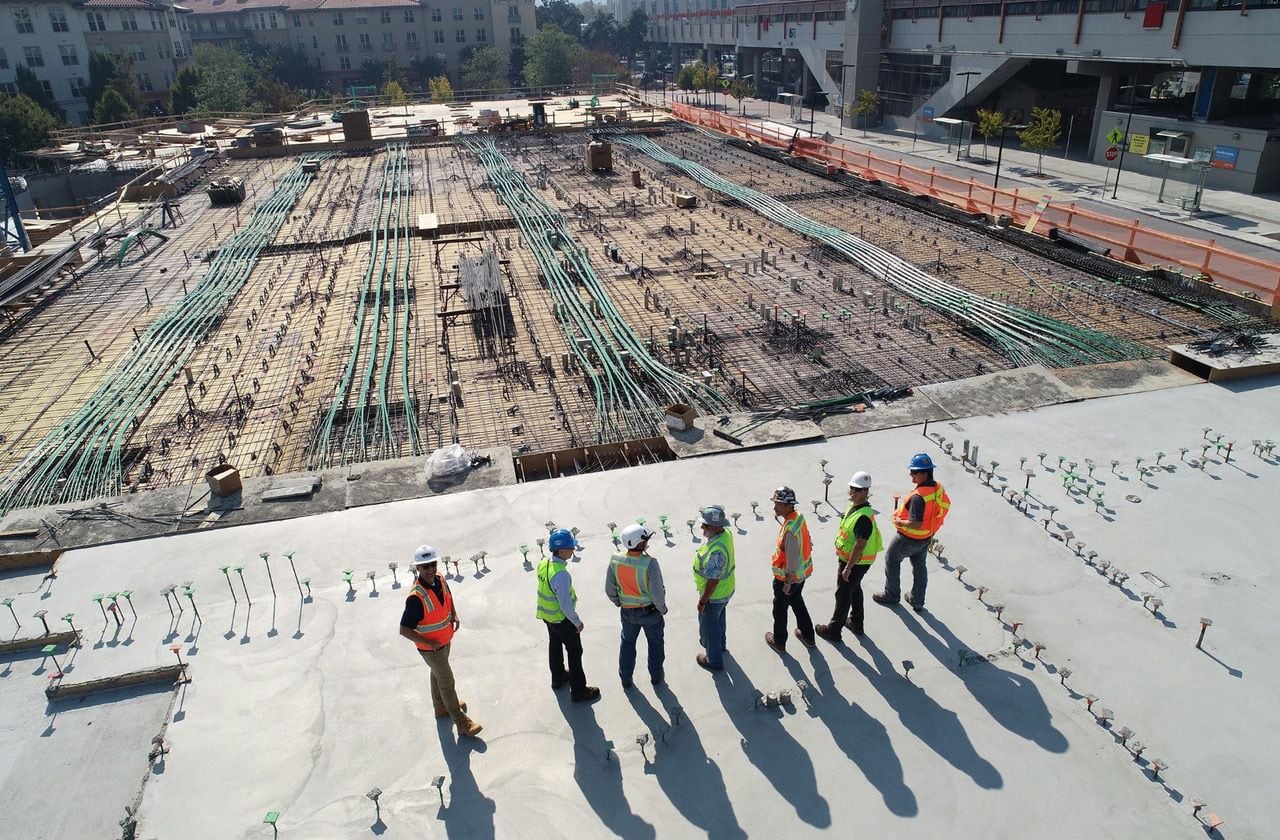
The labor deficit in the construction industry risks becoming a chronic disease of the sector, and today it is already a complex challenge that requires multifaceted solutions. As economies grow and cities expand, construction demand increases, but the supply of skilled workers cannot always keep up.
To address this issue, several actions can be implemented. First, investment must be made in training and technical education programs that prepare more people to work in the construction industry. This could include apprenticeship programs, collaborations between companies and technical schools, and government subsidies for training in specific skills.
Furthermore, it could be important, although it may sound far-fetched in principle, to promote legal and safe labor migration to fill labor gaps. Of course, illegal migration must be combated! But governments could implement policies that facilitate the temporary migration of skilled workers, as long as labor rights are respected and migrant workers are protected from exploitation. This would require profound, wide-ranging international legal reforms, but would it be worth trying?
Training plays a crucial role in this context. It is not only about training more people to work in construction, but also about providing continuous training to update and improve the skills of existing workers, in addition to providing sufficient incentives to ensure their permanence within the sector. Technological advances in construction, such as prefabrication and modular construction, also require workers to be aware of the latest techniques and practices.
Additionally, it is essential to break the gender stereotypes that have kept women away from the construction industry. Promoting the inclusion of women in construction will not only expand the available talent pool, but will also contribute to reducing the gender gap in the workplace and promote diversity and innovation in the sector.
However, addressing the construction labor shortfall is not just a matter of increasing the number of available workers, but also improving working conditions and perceptions of the industry. Many people may view construction as a physically demanding and unrewarding job, so it is important to highlight the professional development opportunities, competitive salaries and the significant contribution construction workers make to society.
Solving the labor shortage in the construction industry requires a comprehensive approach that ranges from training and capacity building to promoting legal labor migration and promoting gender equality. By addressing these issues in a coordinated and collaborative manner between governments, businesses and society at large, it is possible to overcome this challenge and ensure an adequate supply of qualified workers for the construction industry in the future.
Raúl Asís Monforte González.
E-mail: [email protected]
Facebook: Raúl Asís Monforte González
Twitter-X: @raulmonforteg
